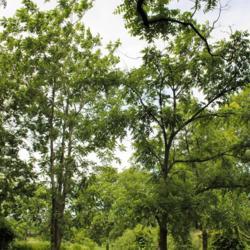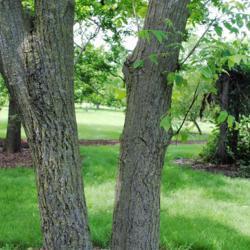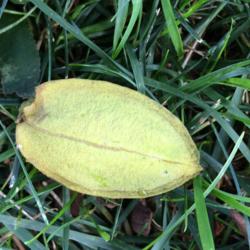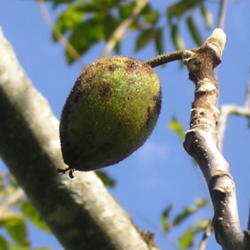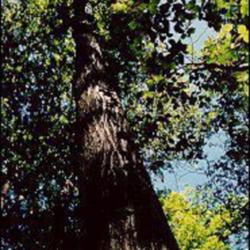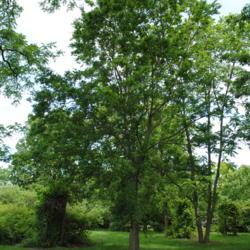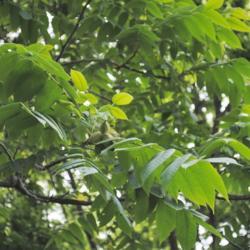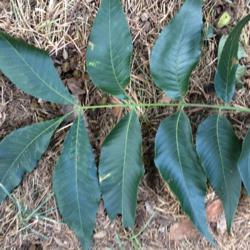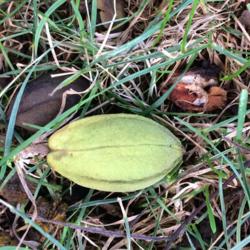| Plant Habit: | Tree |
| Life cycle: | Perennial |
| Sun Requirements: | Full Sun Full Sun to Partial Shade |
| Water Preferences: | Mesic |
| Soil pH Preferences: | Neutral (6.6 – 7.3) Slightly alkaline (7.4 – 7.8) |
| Minimum cold hardiness: | Zone 3 -40 °C (-40 °F) to -37.2 °C (-35) |
| Maximum recommended zone: | Zone 7b |
| Plant Height: | 30 to 60 feet to 75 feet |
| Plant Spread: | 40 to 60 feet |
| Leaves: | Deciduous |
| Fruit: | Other: edible to squirrels, mammals, and people |
| Fruiting Time: | Late summer or early fall |
| Flowers: | Inconspicuous |
| Flower Color: | Green Yellow |
| Flower Time: | Late spring or early summer |
| Underground structures: | Taproot |
| Uses: | Shade Tree Will Naturalize |
| Edible Parts: | Fruit |
| Dynamic Accumulator: | P (Phosphorus) K (Potassium) Ca (Calcium) |
| Wildlife Attractant: | Bees |
| Resistances: | Deer Resistant Rabbit Resistant |
| Propagation: Seeds: | Self fertile |
| Pollinators: | Wind |
| Miscellaneous: | Monoecious |
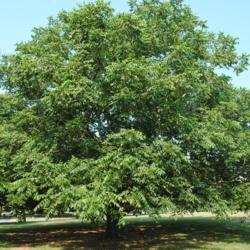
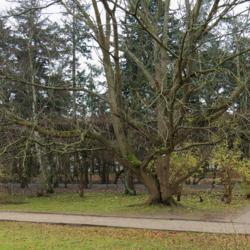
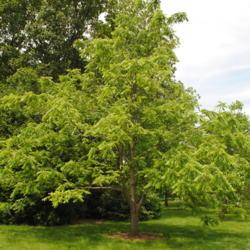
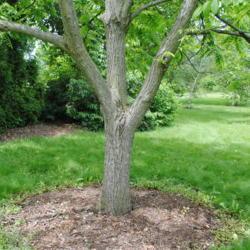
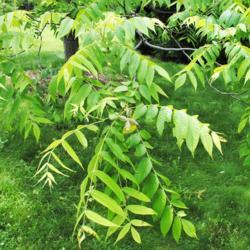
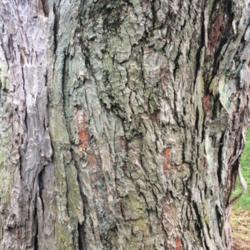
![Date: 1865
illustration [as Juglans cathartica] by P. J. Redouté from Micha
Date: 1865
illustration [as Juglans cathartica] by P. J. Redouté from Micha](/pics/2022-08-24/scvirginia/5cc46f-250.jpg)
